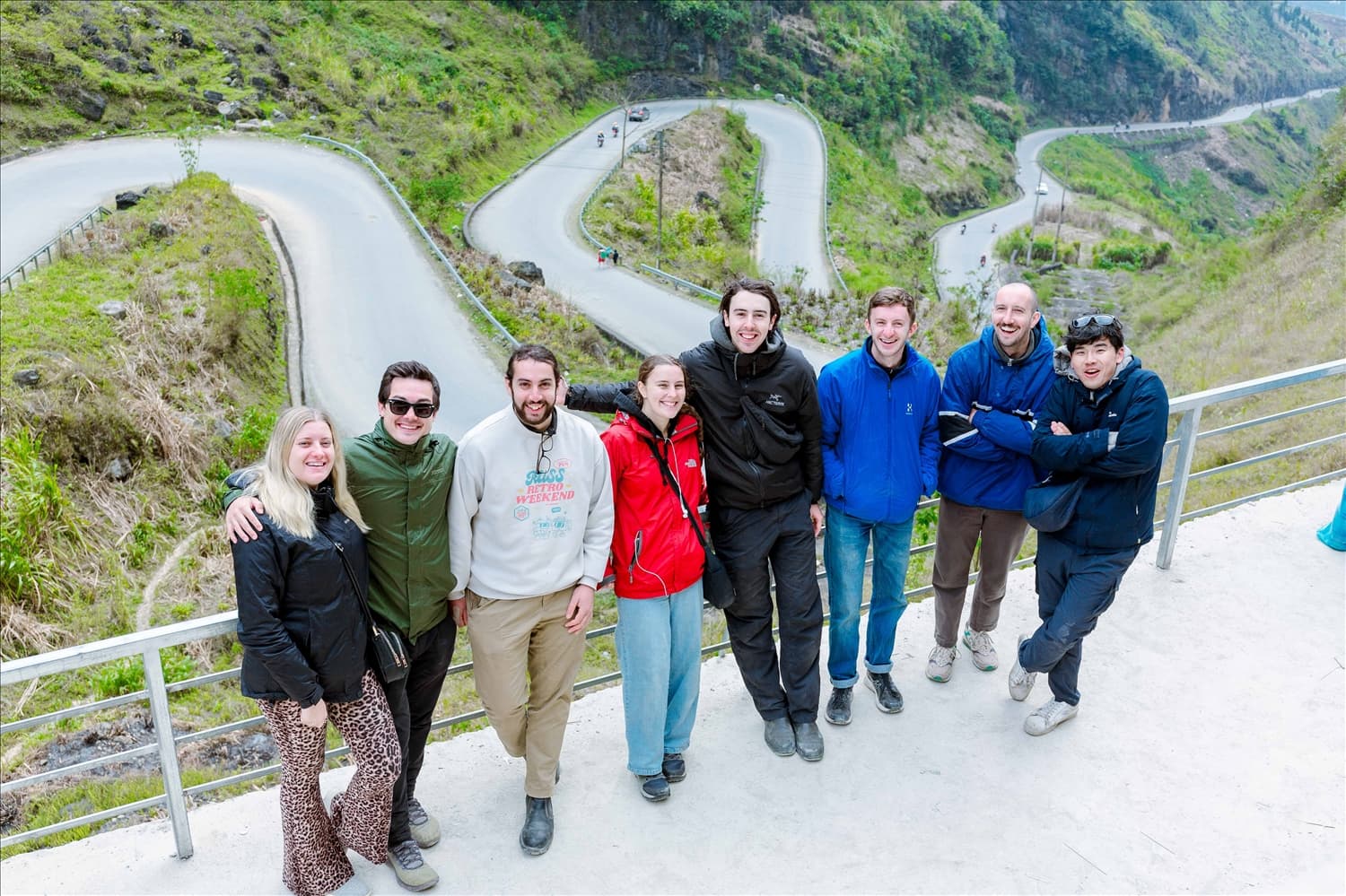In recent years, community-based tourism and sustainable homestays have become one of the most talked-about trends in the global travel industry. As travelers seek meaningful, authentic experiences beyond traditional sightseeing, they are turning to local communities and eco-friendly accommodations that allow them to connect more deeply with destinations. In Vietnam, this movement is growing rapidly, offering opportunities for both cultural exchange and sustainable development.
This article explores what community-based tourism really means, how sustainable homestays are reshaping the hospitality industry, and why they represent the future of responsible travel.

Community-Based Tourism and Sustainable Homestays: A New Way to Travel
What is Community-Based Tourism?
Community-based tourism (CBT) is a form of travel where local people invite visitors to experience their culture, traditions, and natural environment. Unlike mass tourism, which often exploits resources, CBT emphasizes local ownership and participation. The community manages tourism activities, ensuring that the majority of benefits—financial, cultural, and environmental—remain with them.
Some core principles of CBT include:
-
Empowering local communities by involving them in decision-making.
-
Preserving cultural heritage through storytelling, traditional crafts, and performances.
-
Protecting the environment with low-impact activities like hiking, cycling, or handicraft workshops.
-
Encouraging mutual learning between visitors and hosts.
This approach not only improves livelihoods for rural communities but also gives travelers unforgettable insights into the local way of life.

What is Community-Based Tourism?
The Role of Homestays in Community Tourism
At the heart of community-based tourism are homestays—local households that open their homes to travelers. Staying in a homestay allows visitors to experience daily life firsthand, from cooking local dishes to farming, fishing, or weaving traditional textiles.
For hosts, homestays are more than just a source of income. They foster pride in cultural identity, encourage younger generations to preserve traditions, and strengthen community bonds.
However, with the growing popularity of homestays, the need for sustainability becomes increasingly important. This is where the concept of sustainable homestays comes in.
What Makes a Homestay Sustainable?
A sustainable homestay goes beyond providing a bed and meals. It follows eco-friendly practices, ensures fair benefits for hosts, and minimizes negative impacts on the environment. Key features include:
-
Eco-conscious architecture and materials – Many sustainable homestays use bamboo, wood, or recycled materials for construction, blending with the natural surroundings.
-
Energy efficiency – Solar panels, natural ventilation, and energy-saving lighting reduce carbon footprints.
-
Waste management – Proper recycling, composting, and limited use of plastic help reduce pollution.
-
Locally sourced food – Meals are often made with organic ingredients grown in local farms or gardens.
-
Community involvement – Guests participate in activities like farming, fishing, or handicraft making, supporting the host community directly.
By integrating these practices, homestays contribute to long-term economic stability while protecting the environment and cultural traditions.

What Makes a Homestay Sustainable?
Why Travelers Prefer Community Tourism and Sustainable Homestays
Today’s travelers—especially millennials and Gen Z—seek more than just luxury resorts or crowded tourist spots. They want meaningful experiences that reflect authenticity, social responsibility, and sustainability. Community-based tourism and sustainable homestays deliver exactly that.
Benefits for Travelers:
-
Authenticity – Live like a local, eat traditional food, and take part in daily activities.
-
Cultural exchange – Learn about traditions, folklore, and local crafts directly from community members.
-
Eco-friendly travel – Reduce carbon footprint by staying in environmentally conscious accommodations.
-
Memorable experiences – Trekking through rice terraces, joining a village festival, or fishing in a river with locals creates lasting memories.
Benefits for Communities:
-
Economic empowerment – Tourism income stays within the community instead of being absorbed by large corporations.
-
Job creation – Locals can work as guides, hosts, artisans, or performers.
-
Cultural preservation – Traditional practices are revitalized to share with visitors.
-
Environmental protection – Communities are motivated to safeguard forests, rivers, and biodiversity.
This win-win relationship explains why community-based tourism and sustainable homestays are gaining global recognition.
Vietnam: A Destination for Community-Based Tourism
Vietnam is one of the most promising destinations in Asia for community-based tourism. From the northern highlands of Sapa and Ha Giang to the central highlands of Kon Tum and the Mekong Delta in the south, local communities are opening their doors to visitors.
Popular CBT Destinations in Vietnam:
-
Sapa (Lào Cai Province) – Famous for terraced rice fields and ethnic minority groups like the Hmong and Dao, Sapa offers homestays where travelers can hike and participate in farming.
-
Mai Châu (Hòa Bình Province) – A peaceful valley with Thai ethnic communities, known for stilt houses, traditional dance, and handicrafts.
-
Kon Tum (Central Highlands) – Home to Bahnar and Jarai ethnic groups, where visitors can join gong festivals and learn about longhouse traditions.
-
Mekong Delta – Floating markets, fruit orchards, and riverside homestays highlight the unique lifestyle of southern Vietnam.
Each region offers a distinctive cultural and natural experience, making Vietnam an ideal hub for sustainable homestays.

Vietnam: A Destination for Community-Based Tourism
Challenges in Developing Sustainable Homestays
While the growth of community tourism is promising, it faces several challenges:
-
Over-commercialization – When demand increases, some homestays prioritize profit over authenticity, leading to staged experiences.
-
Infrastructure limitations – Rural areas may lack proper roads, electricity, or internet access, which can affect comfort.
-
Environmental risks – Without proper management, tourism can lead to waste pollution and resource depletion.
-
Training and skills – Local communities need training in hospitality, language, and sustainable practices to meet visitor expectations.
Addressing these challenges requires collaboration between local communities, government agencies, and NGOs to ensure long-term sustainability.
How to Experience Community Tourism Responsibly
As travelers, we play an important role in supporting sustainable homestays. Here are some tips for responsible tourism:
-
Choose certified sustainable homestays that follow eco-friendly practices.
-
Respect local culture and traditions by dressing appropriately and following community rules.
-
Support local products by buying handicrafts or food directly from villagers.
-
Minimize waste by carrying reusable bottles and bags.
-
Engage with locals respectfully, showing genuine interest in their way of life.
By being mindful, travelers contribute to preserving culture and protecting the environment.
The Future of Community-Based Tourism and Sustainable Homestays
The demand for community-based tourism and sustainable homestays is expected to grow as more travelers seek authenticity and eco-conscious experiences. Governments and tourism organizations are also promoting this model as a way to achieve the United Nations Sustainable Development Goals (SDGs), particularly in reducing poverty and protecting ecosystems.
Technology is also playing a role. Online booking platforms now feature eco-certified homestays, making it easier for travelers to find responsible options. At the same time, social media helps spread awareness of community initiatives, attracting conscious travelers worldwide.
In the future, we can expect to see more collaborations between local communities, sustainable travel companies, and international NGOs to create stronger networks of responsible tourism.
Community-based tourism and sustainable homestays represent more than just a trend—they embody a shift toward a more responsible and meaningful way of exploring the world. For travelers, they offer authenticity, cultural exchange, and eco-friendly adventures. For communities, they bring economic empowerment, cultural preservation, and environmental protection.
Vietnam, with its rich cultural diversity and natural beauty, stands out as a leading destination for this kind of tourism. By supporting sustainable homestays, travelers not only enrich their own experiences but also contribute to the long-term well-being of local communities and the planet.
As global tourism continues to evolve, the future belongs to those who travel responsibly. Choosing community-based tourism and sustainable homestays is not just a choice—it is a commitment to a better, more sustainable world.
